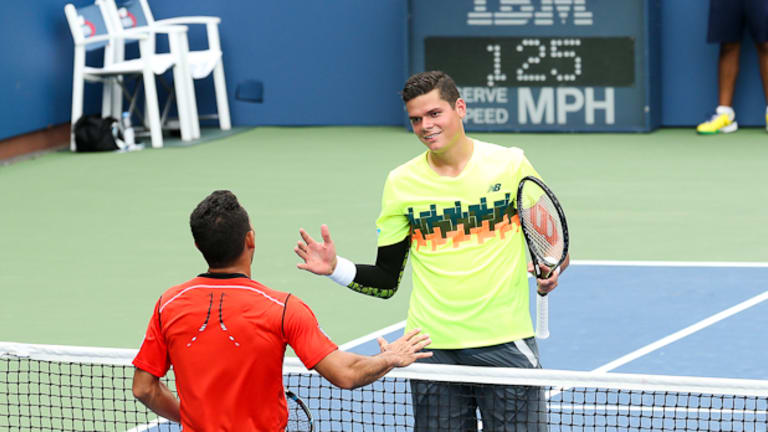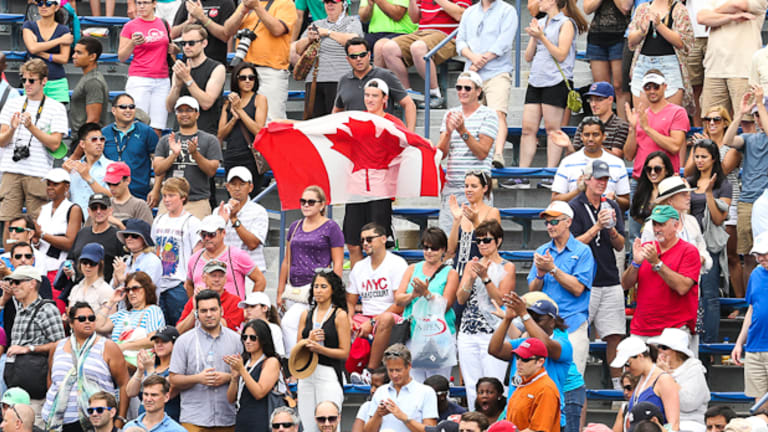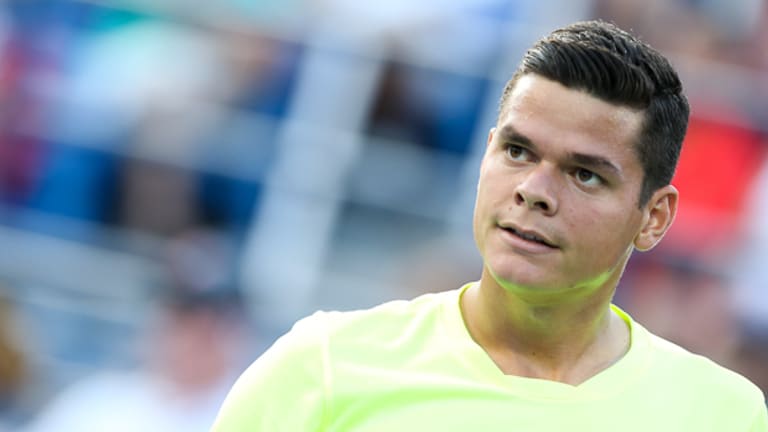NEW YORK—Everyone loves a good story, and the saga of Victor Estrella Burgos is about as good as it gets in the persistently upscale world of tennis. It’s the tale of a poor boy from the Dominican Republic, which qualifies as one of the game’s backwaters, who worked tirelessly, overcame disadvantage both obvious and unseen, and has lately realized his ambition to become a top-class ATP pro at the age of 34—an age when most of his peers are contemplating a farewell to competition.
It’s easy to see why New Yorkers would take Estrella Burgos’ tale and run with it, as they have this week, and act as if they had discovered him. You know, the whole “if you can make it there, you’ll make it anywhere” schtick. But while this U.S. Open has been Estrella Burgos’ breakout tournament, the reality is that he’s been in the Top 100 since he won the Salinas Challenger way back in the late winter. With a ranking of No. 80, he was a direct acceptance in the the U.S. Open.
I don’t divulge all this to take potshots at Gotham’s typical conceit (the song could also go, “If it didn’t happen here, it didn’t happen anywhere”) as much as to say: Forget about that story; this guy is a heck of a tennis player. We saw that again Saturday, even as Estrella Burgos bowed out of the U.S. Open, courtesy of a sometimes savage display of power serving by No. 5 seed Milos Raonic. The score was 7-6 (5), 7-6 (5), 7-6 (3), and it took Raonic two hours and 45 minutes to prevail.
“It was difficult,” Raonic admitted after the third-round match. “He's playing well. He's playing with a lot of aspiration.”
That was an interesting choice of words that gets right to the heart of what Estrella Burgos is about, and why he’s captured the hearts of so many fans and the respect of so many of his peers. At the net for the handshake, Raonic offered Estrella Burgos words of praise and encouragement, which isn’t typical on the tennis tour. And those words lacked any hint of condescension.


